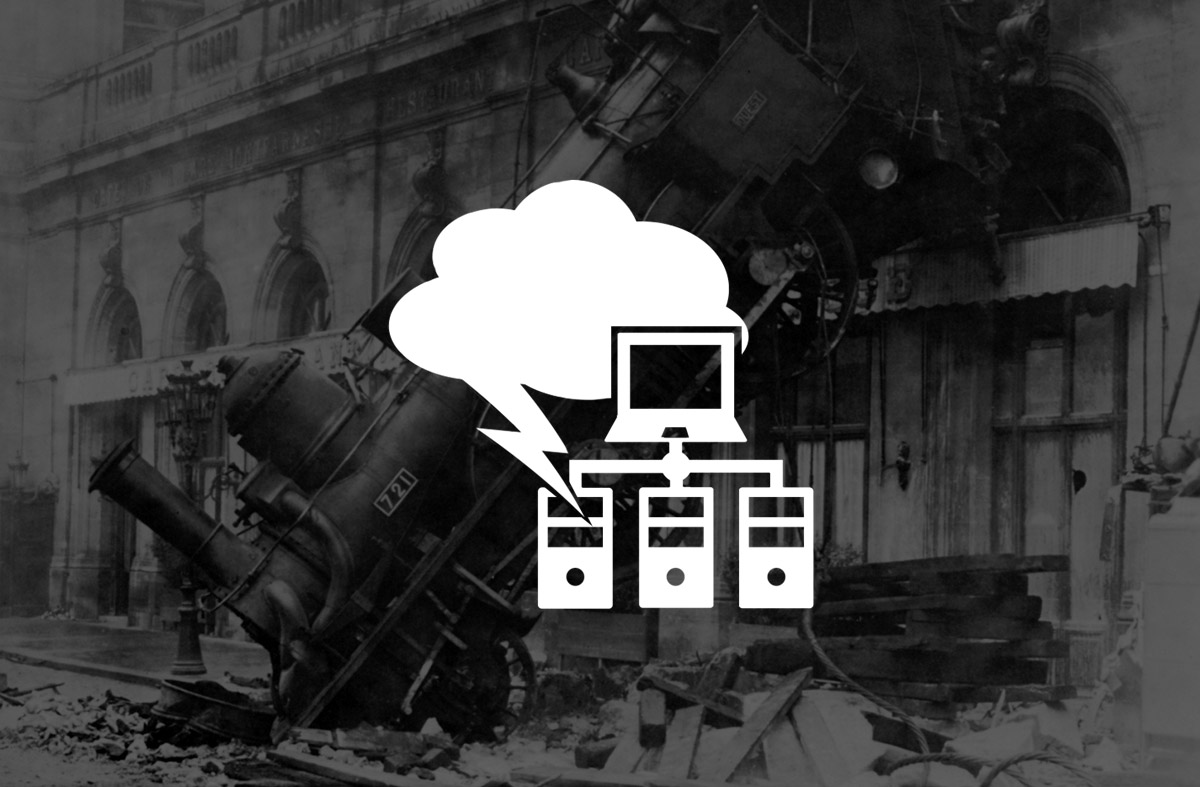What is DRaaS and How Can it Benefit Smaller Companies?

One thing that’s certain about business is that nothing is certain. Unforeseen events can happen at any time, and they can lead to interruptions in day-to-day processes. Man-made or natural disasters can result in systems downtime, loss of access to networks and data, and lost business.
For small and mid-sized businesses (SMBs), even a disruption such as a power outage that lasts a few hours can mean significant losses—especially for those companies that rely heavily on e-commerce and other online transactions. For longer-lasting interruptions such as those that result from a hurricane, tornado or earthquake, the losses can be even greater.
Disaster Recovery as a Service
One possible solution for mitigating the risks of downtime because of an unexpected event is disaster recovery as a service (DRaaS). DRaaS is a type of cloud-based offering that protects systems, applications and data from natural or human disasters, or any kind of service disruption at a given location. It provides this protection by enabling a full recovery in the cloud.
DRaaS protects data and provides standby computing capacity on demand to enable a more rapid recovery of applications following an event. Capacity is delivered in the cloud, so companies only pay for the recovery resources when they use them.
This makes the model more efficient than using a traditional disaster recovery warm or hot site, where recovery resources are always running whether they are being used or not.
With a managed DRaaS offering, a service provider is responsible for the process of shifting customers from their primary operating environment to the hosted service. The provider also assists with the task of moving customers back to normal operations when the time comes for that.
As with other cloud services, companies can document the terms and requirements of DRaaS through a service-level agreement (SLA) with the service provider.
Demand on the rise
Demand for these services is on the rise. A report from research firm Markets and Markets projects that the global DRaaS market will grow from $5.1 billion in 2020 to #14.6 billion by 2025, at a compound annual growth rate (CAGR) of 23% during the forecast period.
The market will continue to grow post-COVID-19 as more organizations worldwide migrate their IT infrastructures to the cloud, aim to boost business continuity, and improvise IT operations, the report said.
Although many organizations are aware of and ready to adopt disaster recovery as a part of their business continuity plan, it is among the most overlooked responsibilities in IT departments, the report noted. The key reasons behind the reluctance to adopt cloud-based disaster recovery include security concerns, lack of awareness, myths about technology and pricing models, and the tendency to continue with legacy systems and traditional disaster recovery methods.
DRaaS “can provide organizations with complete disaster recovery capabilities to enhance disaster recovery and improve business continuity with enhanced IT,” it said.
Service providers have been looking into the development of innovative capabilities that leverage technologies such as artificial intelligence (AI) and machine learning (ML), Markets and Markets noted.
Incorporating AI in DRaaS can provide benefits in protecting and recovering data. For example, they can use AI to predict potential outcomes; help strategists draft better plans for disaster recovery by using enhanced techniques such as business impact analysis and risk assessment; automate and control various parts of the disaster recovery process; and enhance incident response actions.
Appeal for SMBs
DRaaS can be appealing to SMBs because of the potential cost efficiencies they can gain. The service provides an off-site disaster recovery capability that allows companies to avoid the costs of maintaining their own secondary data center sites. This makes disaster recovery feasible for businesses that would not otherwise be able to afford this capability.
A managed service might be especially attractive for smaller companies, if they lack the internal resources needed to manage the failover process and the resumption of normal services.
When evaluating or deploying a DRaaS offering, companies need to consider several factors to help ensure success.
Factors to consider for DRaaS solutions
One consideration is whether the DRaaS solution can support the leading virtualization platforms and physical server-based environments, and how easily it integrates with a company’s existing IT environment.
Something else to consider is whether the service be easily tested without significantly disrupting business operations? Companies will certainly want to test their DRaaS capabilities on a regular basis before the service is needed. They can use these opportunities to make any needed adjustments as required.
Also important is what sort of resiliency is built into the service offering. In case the main cloud storage systems are not available, there needs to be backup capabilities to ensure recovery.
Finally, what sort of data security and privacy capabilities and assurances does the service provider? Is data secure at rest and in transit via encryption? Other security factors include access controls and identity management. Security can’t be an afterthought with DRaaS, because if the service is needed it will serve—at least temporarily—as the operating environment supporting vital business functions.
To learn more about Bitdefender’s SMB cybersecurity solutions, click here.
tags
Author

Bob Violino is a technology and business freelance writer covering the latest trends in the market, including cloud services, mobile technology, social media, big data/analytics and the Internet of Things.
View all postsRight now Top posts
FOLLOW US ON SOCIAL MEDIA
SUBSCRIBE TO OUR NEWSLETTER
Don’t miss out on exclusive content and exciting announcements!
You might also like
Bookmarks











